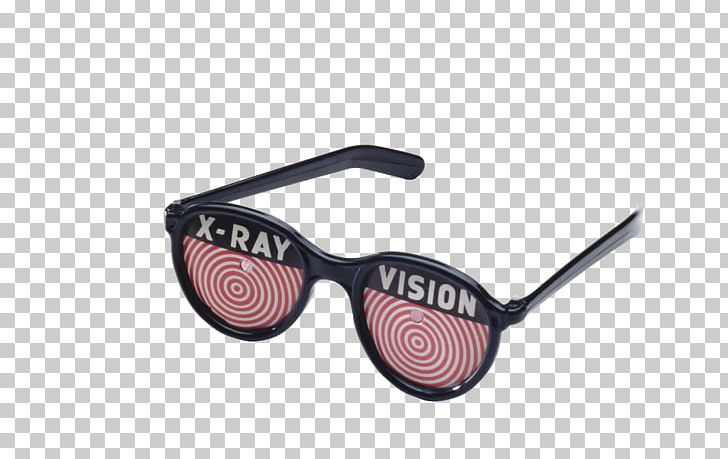
When passing through living tissue, X-rays can cause harmful biochemical changes in genes, chromosomes, and other cell components. Through this ionization process the energy of the X-rays is deposited in the matter. X-rays are a form of ionizing radiation-when interacting with matter, they are energetic enough to cause neutral atoms to eject electrons. The analysis of X-ray images of the body is an extremely valuable medical diagnostic tool. However, the passage of X-rays through materials, including biological tissue, can be recorded with photographic films and other detectors. The X-ray region of the electromagnetic spectrum falls far outside the range of visible wavelengths. In addition, highly excited atoms can emit X-rays with discrete wavelengths characteristic of the energy level spacings in the atoms. X-rays are commonly produced by accelerating (or decelerating) charged particles examples include a beam of electrons striking a metal plate in an X-ray tube and a circulating beam of electrons in a synchrotron particle accelerator or storage ring. X-ray, electromagnetic radiation of extremely short wavelength and high frequency, with wavelengths ranging from about 10 −8 to 10 −12 metre and corresponding frequencies from about 10 16 to 10 20 hertz (Hz). SpaceNext50 Britannica presents SpaceNext50, From the race to the Moon to space stewardship, we explore a wide range of subjects that feed our curiosity about space!.Learn about the major environmental problems facing our planet and what can be done about them! Saving Earth Britannica Presents Earth’s To-Do List for the 21st Century.Britannica Beyond We’ve created a new place where questions are at the center of learning.100 Women Britannica celebrates the centennial of the Nineteenth Amendment, highlighting suffragists and history-making politicians.
RING OF XRAY VISION HOW TO

RING OF XRAY VISION UPDATE
To update the scientific understanding of Martian atmospheric processes, Phoenix also scanned the atmosphere up to about 12 miles in altitude, obtaining data about the formation, duration and movement of clouds, fog and dust plumes. Multi-spectral capability will enable the identification of local minerals.

The camera's two "eyes" will reveal a high-resolution perspective of the landing site's geology, and will also provide range maps that will enable the team to choose ideal digging locations. Imaging technology inherited from both the Pathfinder and Mars Exploration Rover missions also were implemented in Phoenix's stereo camera, located on its 6.6-foot mast.

Selected samples were heated to release volatiles that can be examined for their chemical composition and other characteristics.
RING OF XRAY VISION PORTABLE
To analyze soil samples collected by the robotic arm, Phoenix has a portable laboratory. The mission, named for the resilient mythological bird, carried a complex suite of instruments that are improved variations of those that flew on the lost Mars Polar Lander. This artist's concept shows an x-ray image of the Phoenix Lander in its pre-landing stowed configuration.


 0 kommentar(er)
0 kommentar(er)
